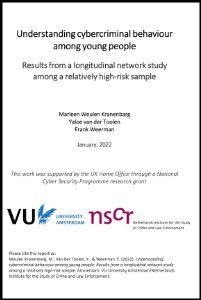By Shane D. Johnson and Manja Nikolovska
Objectives Routine activity theory suggests that levels of crime are affected by peoples’ activity patterns. Here, we examine if, through their impact on people’s on- and off-line activities, COVID-19 restriction affected fraud committed on- and off-line during the pandemic. Our expectation was that levels of online offending would closely follow changes to mobility and online activity—with crime increasing as restrictions were imposed (and online activity increased) and declining as they were relaxed. For doorstep fraud, which has a different opportunity structure, our expectation was that the reverse would be true. Method COVID-19 restrictions systematically disrupted people’s activity patterns, creating quasi-experimental conditions well-suited to testing the effects of “interventions” on crime. We exploit those conditions using ARIMA time series models and UK data for online shopping fraud, hacking, doorstep fraud, online sales, and mobility to test hypotheses. Doorstep fraud is modelled as a non-equivalent dependent variable, allowing us to test whether findings were selective and in line with theoretical expectations. Results After controlling for other factors, levels of crime committed online were positively associated with monthly variation in online activities and negatively associated with monthly variation in mobility. In contrast, and as expected, monthly variation in doorstep fraud was positively associated with changes in mobility. Conclusions We find evidence consistent with routine activity theory, suggesting that disruptions to people’s daily activity patterns afect levels of crime committed both on- and off-line. The theoretical implications of the findings, and the need to develop a better evidence base about what works to reduce online crime, are discussed.
Journal of Quantitative Criminology, 2022.




